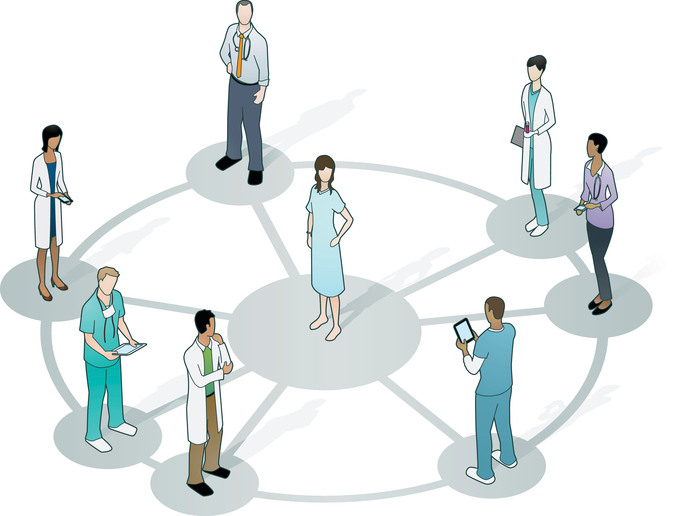
Increasing patient-centricity in healthcare settings has been game-changing in empowering patients to become active participants in their healthcare experience. The widespread availability of connected medical technologies and social channels for patient engagement has created a more positive, inclusive care experience overall rather than focusing solely on individual clinical outcomes.
Beyond patient care settings, there are many opportunities to leverage these channels for the collection of patient-generated health data (PGHD). These data sets are becoming increasingly important in understanding global population health, as well as advancing the trajectory of patient care and drug development.
PGHD can include care interactions, treatment and side effects, outcomes, as well as contextual information, such as demography, environmental conditions, behaviors, values, and general health. They come from an array of sources, which are both actively reported by patients, such as via quality-of-life surveys, and passively collected perhaps from wearable devices and smartphones. The onset of the pandemic was a major catalyst for the adoption of PGHD by researchers as a critical tool for understanding Covid-19 as it evolved.
Patient registries continue to be crucial in tracking the virus as part of the academic, industry and regulators’ need to understand the threat of the virus and now, the impact of vaccines and treatments to mitigate it.
Today, real world studies are evolving to incorporate more PGHD, particularly as the paradigm for medicine and care shifts quickly toward greater personalization. Here are a few ways that leveraging PGHD in epidemiologic and pharmacoepidemiologic studies will improve real-world studies going forward.
- Uncovering person-centric insights that are otherwise not readily available in routine healthcare datasets
Traditionally, routine healthcare datasets have been limited in the level of context they provide. Through collecting PGHD, epidemiologists can reveal information that is otherwise not easily accessible, such as whether patients followed a prescribed treatment plan as directed and if not, why not? Additionally, access to patient-contributed data outside of clinical environments allows the collection of more varied data, with greater frequency and continuity than would otherwise be available or practical in a traditional healthcare setting. By linking and validating PGHD with other data sets, researchers can achieve greater holistic insight.
- Reducing biases and minimizing false conclusions
Biases and false conclusions can stem from the misclassification of information, underrepresentation of patient cohorts and missing data. The incorporation of PGHD in studies offers a more complete picture of demography, disease, treatment and outcomes to researchers, for example by collecting potential confounders such as socioeconomic information. This in turn enables them to draw more accurate conclusions and mitigate the possibility for biases.
- Enabling the evolution of precision medicines and personalized care
Over the years, initiatives in precision medicine have been widely discussed in the industry but not yet brought to fruition beyond some oncology immunotherapies and rare disease treatments. By their definition, precision medicines are inherently patient centric and will require more specialized insights, as a result, to truly determine their efficacy.
As researchers continue to explore new applications for precision medicine, utilizing PGHD will be vital in measuring the success of these treatments as they are studied. That success can be measured, not just using clinicians’ criteria, but considering and underpinned by the patient’s aims and values. Furthermore, in research for more rare therapeutic areas, PGHD will offer critical supplemental information which can be more cost effectively distilled from vast populations. The transition from drugs which may be ineffective for subsets of patients to more personalized and customizable treatments will be the springboard that leads life sciences to realise truly patient centric care.
Looking forward, we will continue to see real-world epidemiologic and pharmacoepidemiologic studies evolve to glean deeper insights of their subjects. The utilization of PGHD will be a central driver in advancing the quality of this research, and by extension, the future of medicine and public health. Furthermore, PGHD will become the catalyst of a fundamental shift in the way we measure success in medicine – from looking at a series of clinical outcomes viewed through the lens of the healthcare team to considering the entire care experience in partnership with the patient.















